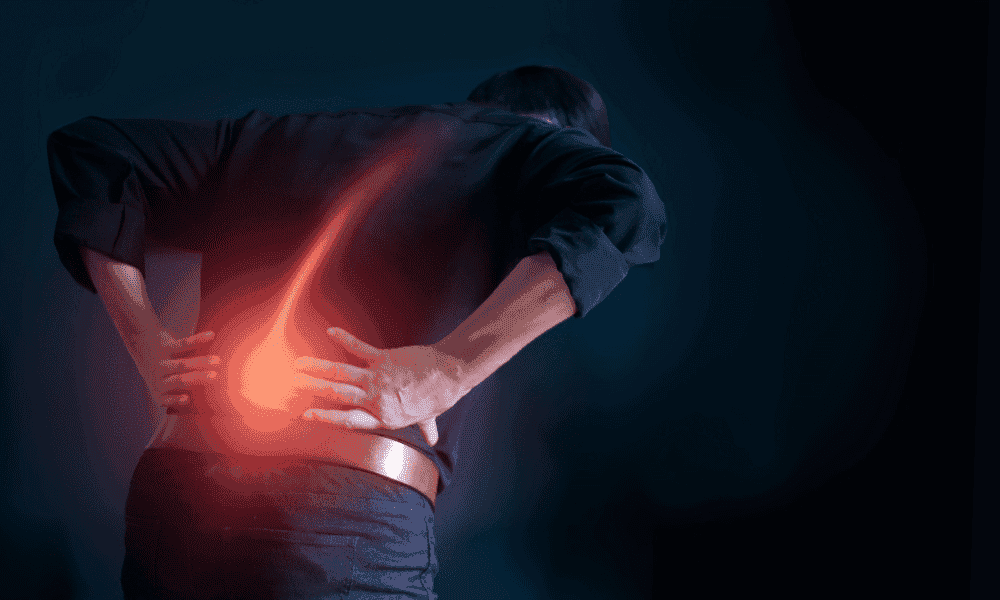Lidoderm Patch: An Effective Solution for Pain Relief
Are you tired of dealing with chronic pain that affects your daily life? Are you looking for a solution that can provide effective and long-lasting relief? Look no further! The Lidoderm Patch is here to help. In this article, we will explore the benefits, usage, and FAQs related to the Lidoderm Patch, a popular option for managing pain.
Is Lidoderm Patch the Same as Lidocaine Patch?
When it comes to the question of whether a Lidoderm patch is the same as a lidocaine patch, the answer is a resounding yes. Lidoderm is simply a brand name for a patch that contains the active ingredient lidocaine. Lidocaine is a local anesthetic that is commonly used to relieve pain and discomfort. The Lidoderm patch and generic lidocaine patches both contain the same active ingredient and are used for the same purpose.
How Does Lidocaine Work?
To better understand why Lidoderm and lidocaine patches are used for pain relief, let’s take a closer look at how lidocaine works. Lidocaine belongs to a class of medications called local anesthetics. When applied topically, lidocaine works by blocking the nerves in the area of application, numbing the sensation of pain. This allows individuals to experience relief from discomfort without the need for invasive procedures or systemic medications.
What is a Lidoderm Patch?
The Lidoderm Patch is a prescription medication that contains lidocaine, a local anesthetic. It is a transdermal patch that is applied directly to the skin to provide localized relief from pain. The patch is designed to release lidocaine slowly and continuously, numbing the area and reducing pain signals.
How does the Lidoderm Patch work?
When applied to the skin, the Lidoderm Patch releases lidocaine, which works by blocking the sodium channels in nerve cells. This action prevents the nerves from transmitting pain signals to the brain, resulting in temporary pain relief. The patch can be used to manage various types of pain, including post-herpetic neuralgia (PHN), a condition that occurs after a shingles outbreak.
Key Features of the Lidoderm Patch
Here are some key features of the Lidoderm Patch that make it a popular choice among individuals seeking pain relief:
Targeted Relief: The Lidoderm Patch is applied directly to the affected area, providing targeted relief where it’s needed most.
Long-lasting Effect: The patch releases lidocaine slowly over a 12-hour period, offering prolonged pain relief.
Non-addictive: Unlike some other pain medications, the Lidoderm Patch is non-addictive, making it a safe option for long-term use.
Easy Application: The patch is easy to apply and remove, allowing for hassle-free usage.
Flexible and Comfortable: The Lidoderm Patch is thin, flexible, and comfortable to wear, allowing for freedom of movement while delivering relief.
What Are Lidoderm and Lidocaine Patches Used For?
Both Lidoderm and lidocaine patches are commonly used to manage various types of pain. Here are some of the conditions they are often utilized for:
Postherpetic neuralgia: This is a type of nerve pain that occurs following an outbreak of shingles. Lidoderm and lidocaine patches can help alleviate the pain associated with this condition.
Muscle and joint pain: Whether it’s due to an injury, arthritis, or overuse, lidocaine patches can provide localized relief for sore muscles and joints.
Minor burns: Lidocaine patches are sometimes used to soothe the pain caused by minor burns. However, it’s important to seek medical attention for serious burns.
Pain from diabetic neuropathy: Diabetic neuropathy is a condition that causes nerve damage and often leads to pain and numbness in the extremities. Lidocaine patches can offer relief for this type of pain.
Post-surgical pain: Lidocaine patches are sometimes used in the post-operative setting to manage pain at the surgical site.
It’s important to note that while lidocaine patches can provide temporary relief, they do not treat the underlying cause of the pain. It’s always advisable to consult with a healthcare professional for a proper diagnosis and comprehensive treatment plan.
How to Use the Lidoderm Patch?
Using the Lidoderm Patch is simple and straightforward. Follow these steps for proper application:
Clean the Skin: Start by cleaning the area where you intend to apply the patch. Ensure that the skin is dry and free from any lotions, oils, or creams.
Peel the Backing: Carefully peel off the protective backing of the patch, being mindful not to touch the adhesive side.
Apply the Patch: Place the adhesive side of the patch directly onto the clean and dry skin. Press down firmly to ensure good adhesion.
Remove the Patch: After 12 hours, gently peel off the patch from the skin. Fold it in half with the adhesive sides together, and dispose of it properly.
Wash Hands: Wash your hands thoroughly after handling the patch to avoid accidental contact with eyes or mouth.
Frequently Asked Questions about the Lidoderm Patch
- Can the Lidoderm Patch be used for back pain?
Yes, the Lidoderm Patch can be used for back pain. It provides targeted relief when applied directly to the affected area.
- Are there any side effects of using the Lidoderm Patch?
Like any medication, the Lidoderm Patch may cause some side effects. The most common ones include redness or irritation at the application site. If you experience any severe or persistent side effects, consult your healthcare provider.
- Can I cut the Lidoderm Patch into smaller sizes?
No, it is not recommended to cut the Lidoderm Patch into smaller sizes. This can interfere with the controlled release of lidocaine and may affect its effectiveness.
- Can I use the Lidoderm Patch on broken or damaged skin?
No, the Lidoderm Patch should not be applied to broken or damaged skin. Ensure that the skin is intact and free from any cuts, wounds, or rashes before applying the patch.
- Can I shower or swim while wearing the Lidoderm Patch?
It is generally recommended to avoid exposing the Lidoderm Patch to excessive moisture, such as swimming or prolonged showers. However, you may consult your healthcare provider for specific instructions based on your situation.
- Is the Lidoderm Patch safe for long-term use?
The Lidoderm Patch is considered safe for long-term use under the guidance of a healthcare professional. Your doctor will determine the appropriate duration of usage based on your condition and individual needs.
Conclusion
The Lidoderm Patch offers an effective solution for managing pain, providing targeted relief where it’s needed. With its long-lasting effect, ease of use, and non-addictive nature, it has become a go-to option for individuals seeking pain relief.
The term “Lidoderm patch” and “lidocaine patch” refer to the same type of topical patch that contains the active ingredient lidocaine. Whether you choose the brand name Lidoderm patch or opt for a generic lidocaine patch, both can provide localized pain relief.
It’s important to follow the instructions provided with the patches and consult with a healthcare professional for proper usage guidelines and any concerns. Remember, managing pain effectively involves a comprehensive approach tailored to your specific needs.
Want more information of prescription pain patches, and how to get them online then please visit our website pages:
Prescription Pain Relief Patches
And

















